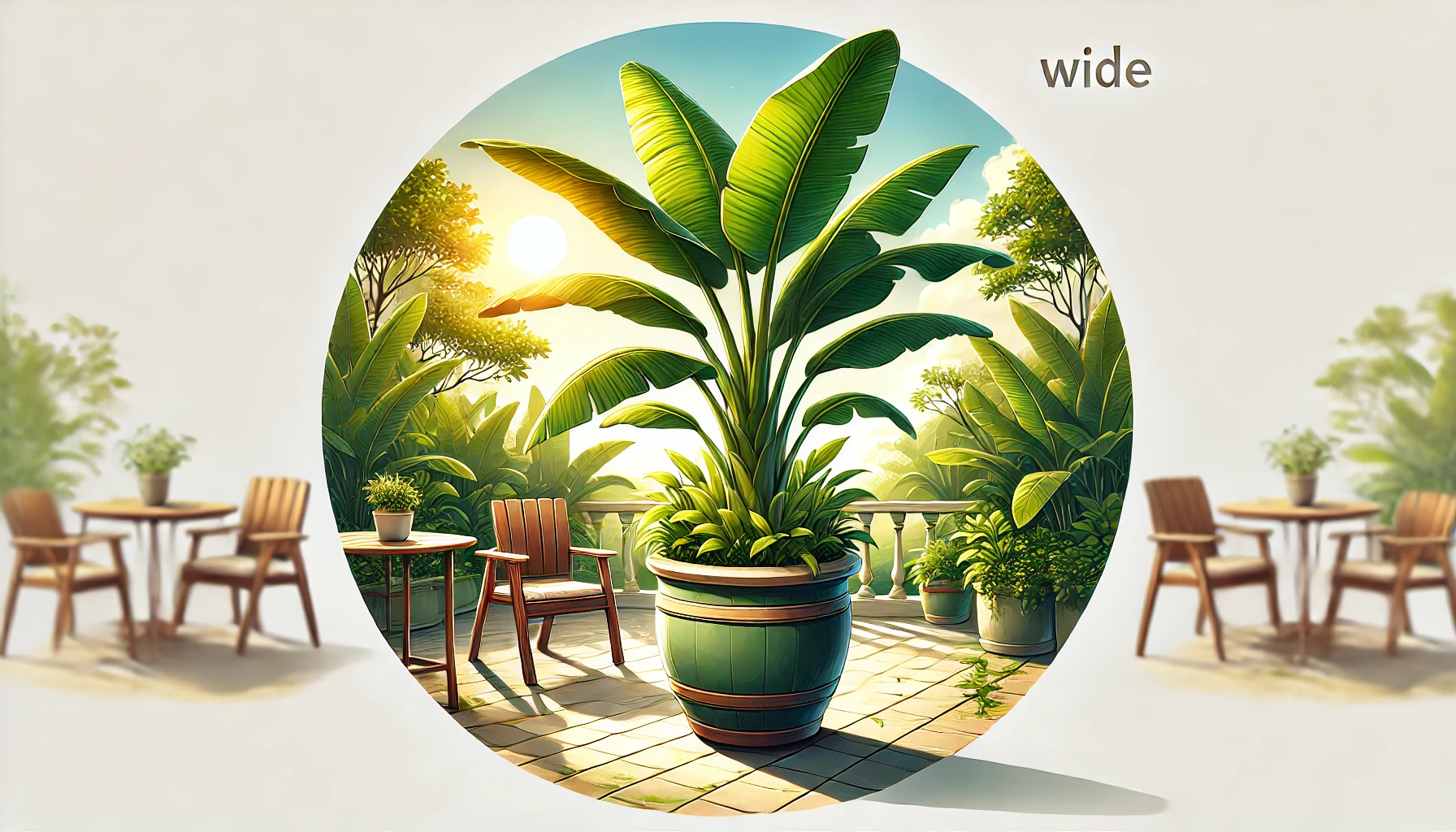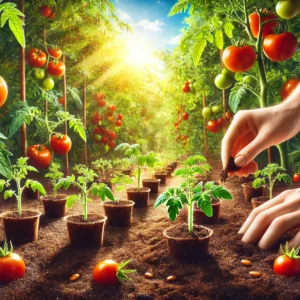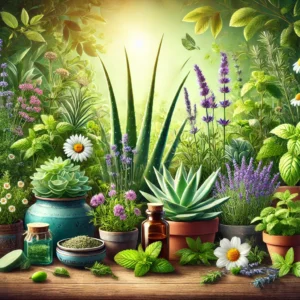Growing Bananas in a Pot: A Comprehensive Guide
Bananas, with their lush foliage and delicious fruit, can be a striking and productive addition to any container garden. While traditionally grown in tropical and subtropical regions, bananas can also thrive in pots with the right care and attention. Here’s how you can successfully grow banana plants in pots.
Pot Size and Requirements
| Requirement | Details |
|---|---|
| Pot Size | At least 15-20 gallons (57-76 liters) |
| Pot Depth | Minimum 18-24 inches (45-60 cm) |
| Drainage | Ensure the pot has multiple drainage holes |
| Material | Preferably plastic, fiberglass, or glazed clay for mobility and moisture retention |
The pot should be large enough to accommodate the root system of the banana plant, allowing it ample space to grow and access nutrients. A pot that is too small will restrict the plant’s growth and reduce fruit production.
Choosing the Right Banana Variety
For container growing, select dwarf or compact varieties such as:
- Dwarf Cavendish: Popular for its manageable size and sweet fruit.
- Dwarf Red: Known for its reddish-purple skin and sweet flavor.
- Lady Finger: Small, sweet bananas ideal for pots.
Planting and Soil Mix
- Soil Preparation: Use a well-draining potting mix rich in organic matter. A recommended mix includes:
- 1 part garden soil
- 1 part compost
- 1 part peat moss or coconut coir
- 1 part perlite or vermiculite
- Planting:
- Fill the pot with the soil mix, leaving about 2-3 inches from the top.
- Dig a hole in the center and place the banana plant’s root ball in it.
- Cover the root ball with soil and gently firm it around the plant.
- Water thoroughly to settle the soil.
Special Care for Growing Bananas in Pots
- Watering:
- Keep the soil consistently moist but not waterlogged.
- Water more frequently in hot weather and reduce watering in cooler months.
- Fertilizing:
- Feed with a balanced, slow-release fertilizer every 4-6 weeks during the growing season.
- Supplement with liquid fertilizer or banana-specific fertilizer high in potassium monthly.
- Sunlight:
- Place the pot in a location that receives at least 6-8 hours of direct sunlight daily.
- If growing indoors, ensure the plant gets adequate light through a south-facing window or grow lights.
- Temperature and Humidity:
- Maintain a warm environment, ideally between 75-95°F (24-35°C).
- Provide humidity by misting the leaves regularly or placing a humidity tray under the pot.
- Pruning and Maintenance:
- Remove any dead or yellowing leaves to encourage healthy growth.
- Trim off any suckers (small shoots) that appear at the base to direct energy to the main plant.
- Support:
- As the plant grows, it may need support to prevent tipping. Use stakes or a trellis for added stability.
Dealing with Pests and Diseases
- Pests: Watch for common pests like aphids, spider mites, and banana weevils. Treat infestations with insecticidal soap or neem oil.
- Diseases: Ensure good air circulation around the plant to prevent fungal diseases. Avoid overwatering to reduce the risk of root rot.
Harvesting
- Bananas typically take 9-12 months to fruit when grown in ideal conditions.
- Harvest the bananas when they are plump and start to change color from green to yellow.
- Cut the whole bunch and allow it to ripen at room temperature.
Conclusion
Growing bananas in a pot can be a rewarding experience, providing you with fresh, homegrown fruit and a tropical aesthetic to your garden or patio. By choosing the right variety, providing a suitable pot, and ensuring optimal care, you can successfully cultivate banana plants in containers. Enjoy the process and the sweet rewards of your labor!



